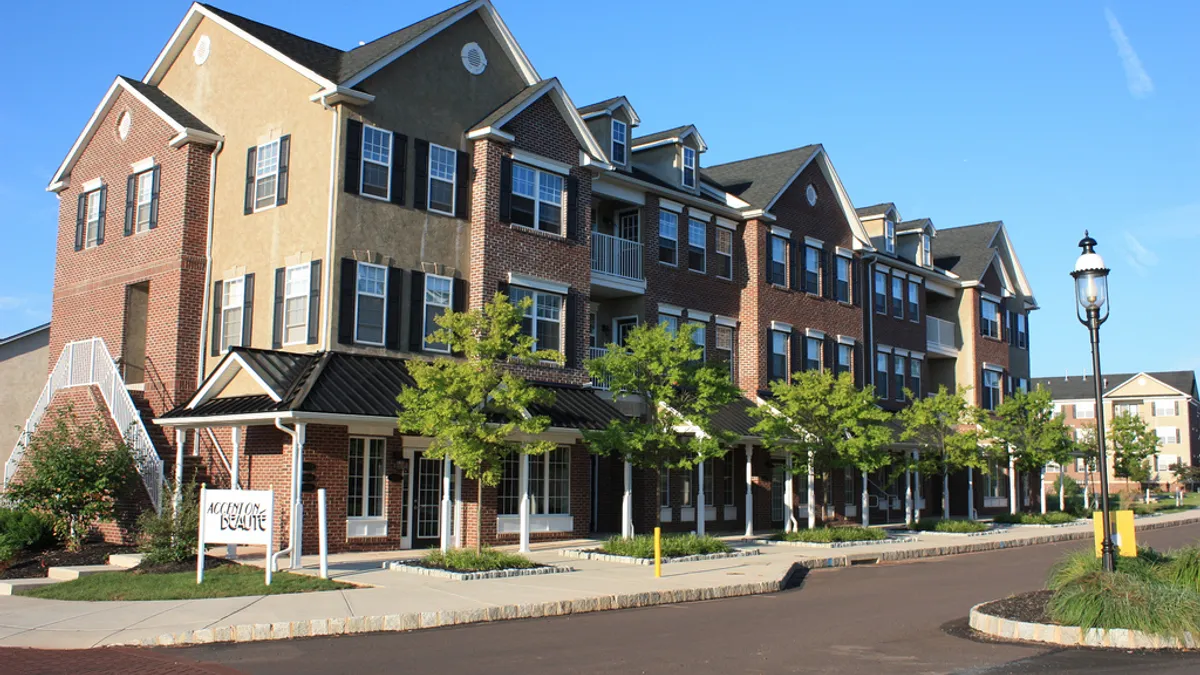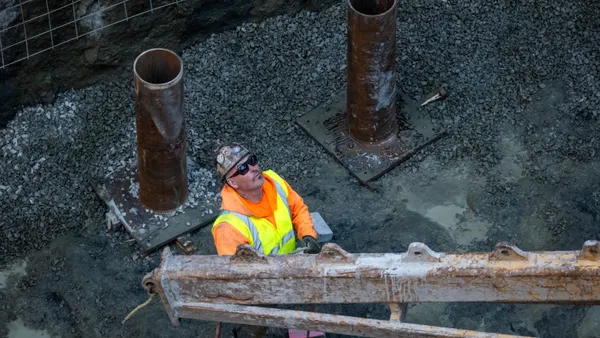Dive Brief:
-
The number of renters is growing faster in the suburbs of most major cities than in those cities themselves, according to a new report from RentCafé measuring rental activity in 20 major U.S. metros. All but one market recorded greater suburban renter gains.
-
Atlanta (26%), Phoenix (23%) and Riverside, CA (23%), saw the highest percentage increases in the number of suburban renters from 2011 to 2015. The number of urban renters there grew modestly by 10%, 14% and 13%, respectively. Overall, the suburbs of the 20 metros tracked gained 100,000 more renters than did the urban centers during the period.
-
Lower rents in the suburbs was one driver of the trend. Of the cities tracked, only two — Phoenix and St. Louis — had suburban rents equal to or greater than rents within city limits.
Dive Insight:
As home prices continue to rise, rent growth is cooling, encouraging many prospective buyers who are unwilling or unable to save up for a down payment to keep renting.
Where they — particularly millennials — are renting now could determine where they purchase a home later. Millennial movement into cities is expected to taper off, though exactly when and why that will happen is disputed. Still, the majority of millennials already live outside of cities, with nearly 50% in the suburbs and 20% in rural areas, versus 33% in cities, according to a Zillow survey.
An October 2016 PulteGroup white paper found that, of the 3,000 millennials with an average annual income of $105,000 surveyed in metro areas in which the company operates, nine in 10 reported wanting to own a home, with half already owning a property and a majority expressing a desire to live in the suburbs.
In addition to turning to smaller-footprint, low-frills homes to meet the needs of prospective first-time buyers, builders also are putting more emphasis on townhouse construction.
Buyers in this category, who are looking for smaller homes near employment and entertainment centers and transit hubs, helped drive townhouse starts up 12.8% from 2015 to 2016, according to the National Association of Home Builders. The category took a 12.4% share of single-family starts in Q4 2016, nearing its peak of 14.6% in 2008.
For more housing news, sign up for our daily residential construction newsletter.














